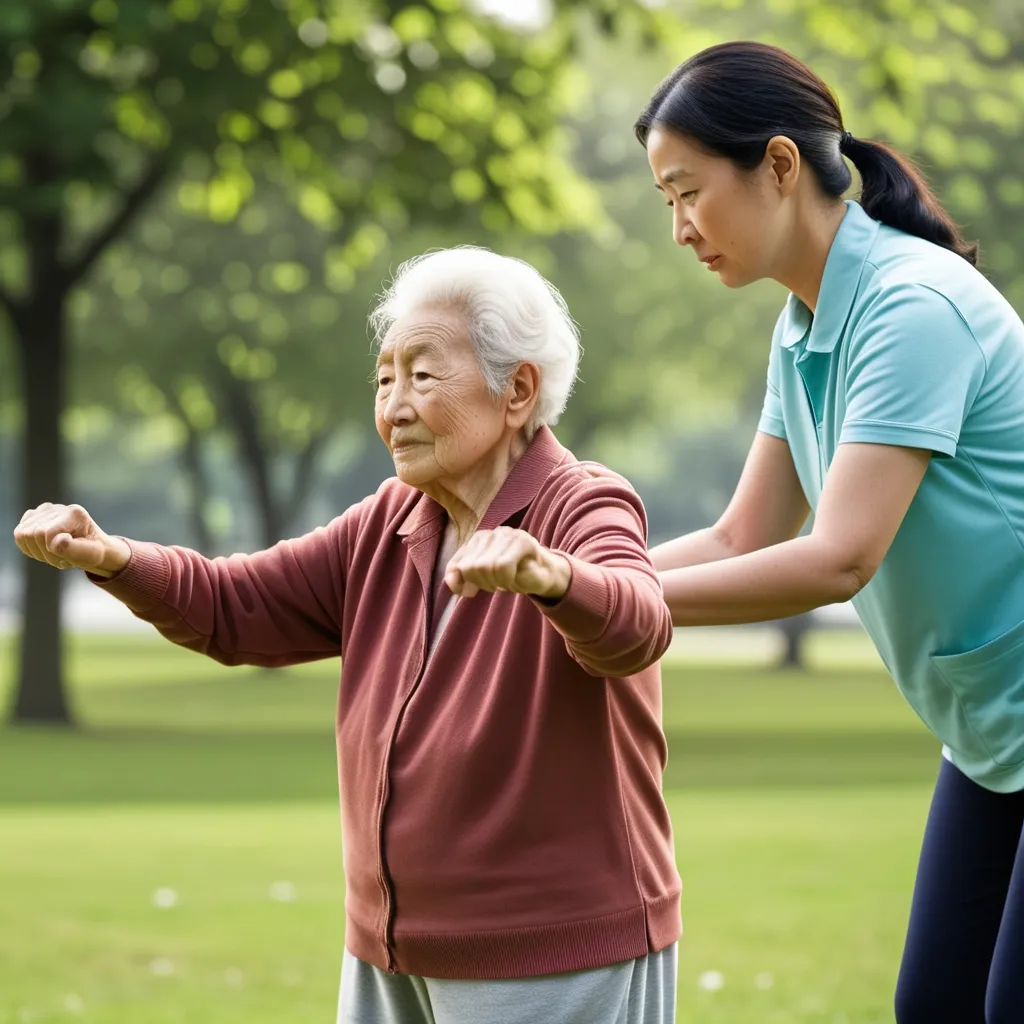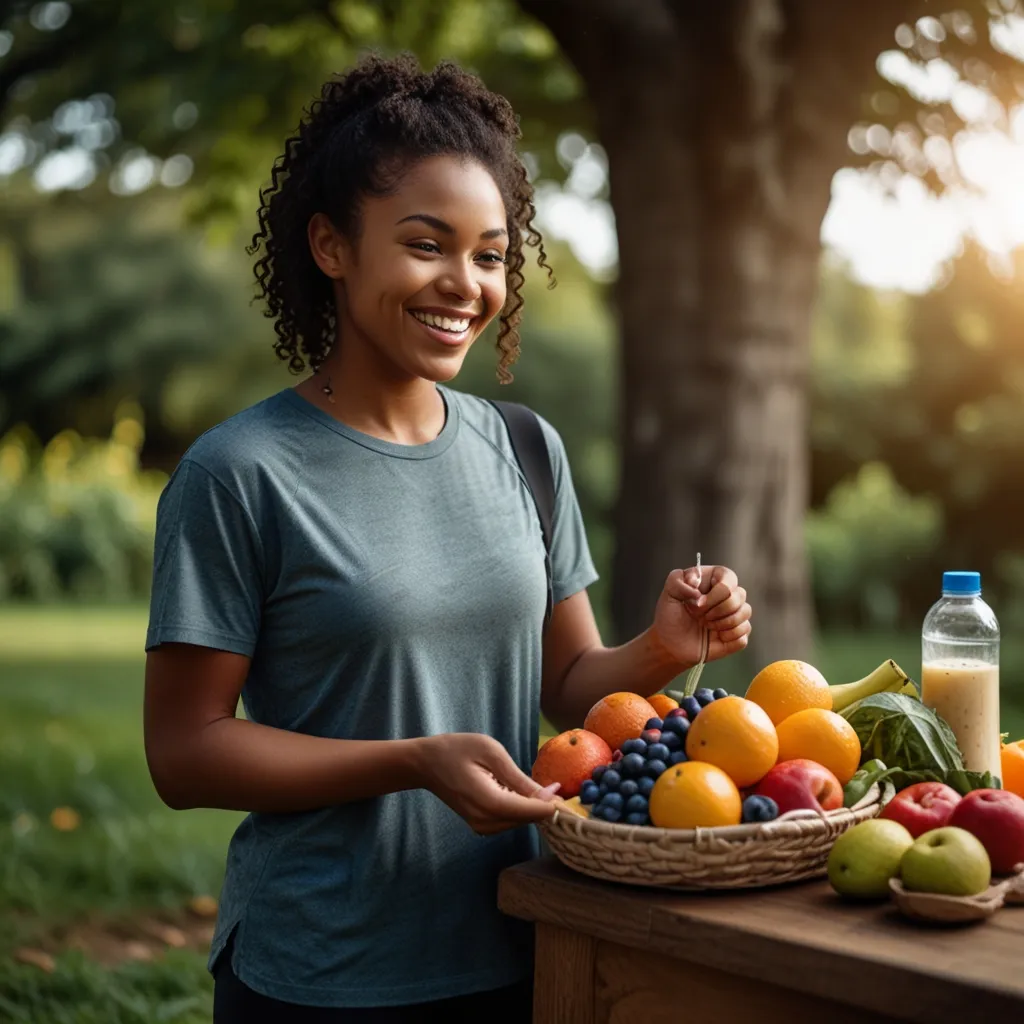Parkinson’s disease. Even the name sounds serious, right? It’s one of those illnesses that sneak up on people and throws their life a curveball. It’s a progressive disorder, which means it gets worse over time, and it affects millions around the globe. This disease messes with the nerve cells in the brain, particularly in areas called the substantia nigra and basal ganglia. These areas are super important because they help control our movements. When these nerve cells start to fail, things go downhill fast, and part of this trouble is related to a thing called dopamine.
Dopamine is like a messenger in the brain’s communication system. Imagine it as a mail carrier delivering important letters (signals) between houses (nerve cells). When a house gets excited (a nerve cell gets activated), it sends out dopamine across a small gap known as the synapse. The nearby house picks up the letter and keeps the conversation going. In the case of Parkinson’s, the mail carriers start disappearing. There’s less dopamine to go around, muddling the entire process and causing a bunch of movement issues.
Symptoms of Parkinson’s can differ from one person to another but there are a few telltale signs. One of the most obvious symptoms is tremors. Picture holding an invisible pill between your thumb and index finger and rolling it around—that’s what Parkinson’s tremors often look like. They usually start in one hand or limb but can eventually spread.
Stiffness and rigidity are a big deal too. This makes moving limbs super hard because the muscles just don’t want to cooperate. It’s like your body’s range of motion has been cramped into a tiny box. This stiffness usually impacts the arms, shoulders, and neck, and feels as uncomfortable as it sounds.
Then there’s what doctors call bradykinesia, which is fancy talk for slowness of movement. This can be a real drag on everyday activities like walking, getting up from a chair, or even blinking. Imagine how frustrating it would be to struggle with these basic tasks. The disease makes everything slow down, gradually taking a bigger toll on daily life.
Balance and coordination also take a significant hit. People with Parkinson’s often end up with a stooped posture and may find it really tricky to stay balanced. This ups the risk of falls, which could lead to serious injuries and further health problems.
But it’s not just the physical stuff. Parkinson’s horns in on other areas as well. Depression and anxiety are pretty common among those dealing with it. Imagine battling constant mood changes while already grappling with physical limitations. It’s a one-two punch that can seriously impact quality of life.
Sleep issues? Yeah, those too. Things like insomnia or restless legs syndrome can mess with a good night’s sleep, and let’s be honest, lack of sleep can make everything worse.
Cognitive changes can also creep in as the disease progresses. Think memory loss or even dementia. Additionally, Parkinson’s can mess with the autonomic system, leading to low blood pressure, constipation, and urinary problems.
So what causes this annoying disease? Frustratingly enough, the exact cause of Parkinson’s remains a bit of a mystery. Genetics can play a role, especially in early-onset cases where symptoms appear before age 50. Environmental factors might also contribute, though the evidence here is still inconclusive. And, of course, age itself is a risk factor. Most Parkinson’s cases pop up after the age of 60.
When it comes to diagnosing Parkinson’s, there isn’t one definitive test. Diagnosis mostly hinges on clinical evaluation and keen observation of symptoms. A healthcare provider will likely look for telltale signs like tremors, rigidity, and bradykinesia during a physical exam. Some imaging tests, like PET scans, can offer additional clues to support the diagnosis, but they aren’t conclusive on their own.
The good news is that while there’s no cure, there are ways to manage Parkinson’s symptoms and improve quality of life. Medications are usually the first line of treatment. Drugs like levodopa, dopamine agonists, and MAO-B inhibitors aim to either replace or mimic dopamine, helping to ease symptoms.
For more advanced cases, there’s something called deep brain stimulation (DBS). This involves implanting electrodes in specific areas of the brain to stimulate nerve cells and improve motor function. Sounds a bit sci-fi, but it can be surprisingly effective.
Physical therapy is another crucial part of managing Parkinson’s. Therapists can help with exercises to improve balance, strength, and flexibility. Think of it as a proactive way to keep the body in the best shape possible, even as the disease progresses.
Lifestyle changes also make a big difference. Regular exercise is key. Physical activities like walking, swimming, and even tai chi can work wonders for improving balance and overall well-being. A balanced diet is another piece of the puzzle. Foods rich in fruits, vegetables, and whole grains support overall health. Plus, managing stress through techniques like meditation, yoga, and cognitive-behavioral therapy can help, as stress tends to make symptoms worse.
One thing that’s particularly important is avoiding falls. Given the balance and coordination issues Parkinson’s brings, falls become a significant hazard. Simple steps like removing tripping hazards at home, ensuring good lighting, and using assistive devices like walkers or canes can be lifesavers.
Living with Parkinson’s isn’t just about dealing with physical symptoms. Staying emotionally connected is equally crucial. Support groups, family, and friends can provide emotional backing that’s just as valuable as any medication or therapy. The journey with Parkinson’s is tough, but it’s one that many people navigate successfully with the right combination of treatment, lifestyle changes, and support.
So, keeping active, eating well, staying connected, and managing stress aren’t just good life advice; they’re part of an effective strategy to manage Parkinson’s. Understanding the disease’s complexities—from the tremors to the stiff muscles, the emotional toll to the battle with balance—helps those affected to take control and live a fulfilling life despite the challenges.






